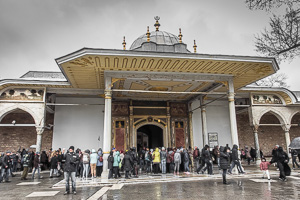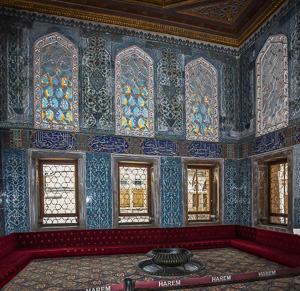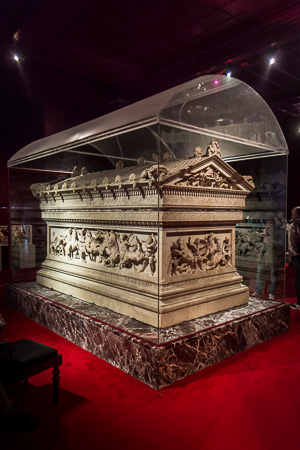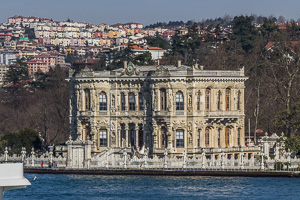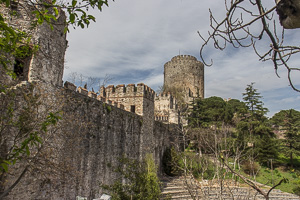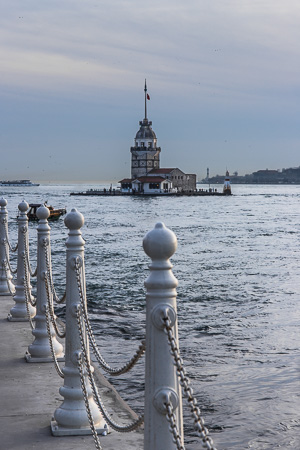Monuments of Istanbul
“The value of a civilization is measured not by what it knows create, but for what it are able to preserve”
(Edouard Herriot)
Istanbul is a monumental city due to its long history as the capital of the Byzantine Empire and later the vast Ottoman Empire, which provided countless monuments scattered throughout the city. His most representative icon is certainly the Hagia Sophia (Ayasofya), built under the rule of Justinian I and for over one thousand years the greatest church in Christendom, converted into a mosque by the Ottoman Empire, and now become a museum.
During the reign of Constantine the Great, being Constantinople the capital of the Eastern Roman Empire, the city walls that surrounded it by land and sea were built and subsequently reinforced by Teodosio making them almost unassailable. To ensure the supply of water under a siege were built in the basement of the Roman city several cisterns, the largest of them is the Yerebatan Sarayi under Sultanahmet.
Some Christian churches are still standing but without worship, as St. Irene, St. Sergius and Bacchus or San Salvador Khora converted into the Kariye Muzesi Museum that houses some of the best Byzantine frescoes.
Topkapi Palace or Palace of the Gate of the Canyons, is a sign of life of the Ottoman sultans and their enclosure can see the Haren, the royal apartments, the concubines, eunuchs, the Imperial Hall and also exhibition of jewels, utensils and clothing used by the sultans. But the Ottoman Empire's built other palaces in the city: the Dolmabahce Palace, and the Beylerbeyi Palace or Ciragan Palace among others.
The Archaeological Museum, within the grounds of Topkapi Palace, was promoted by Osman Hamdi Bey and is one of the largest in the region with a large number of sarcophagi, statues and friezes of different periods of Greece, Thrace, Sidon, Persia, etc.















































